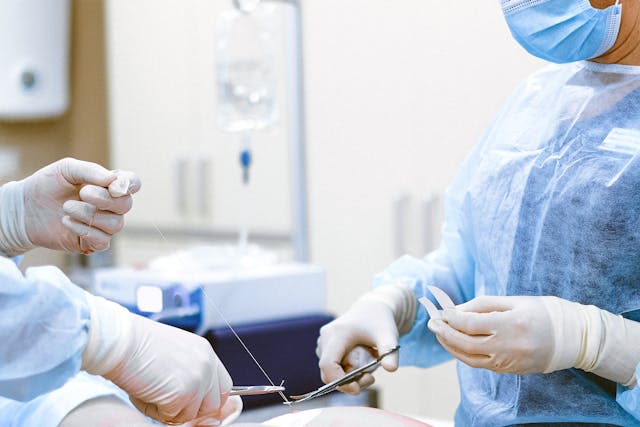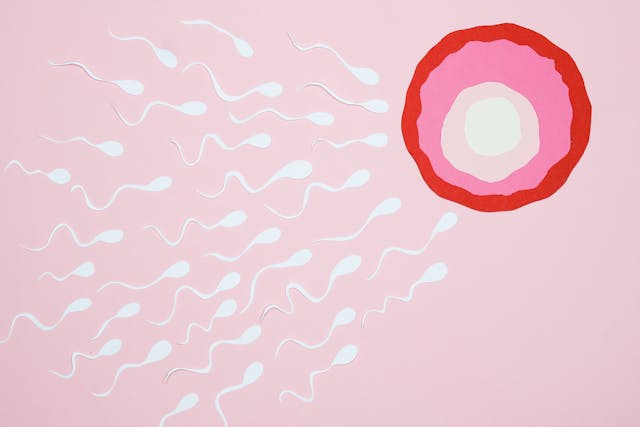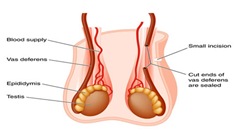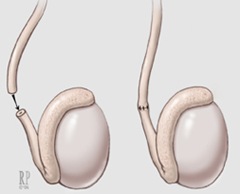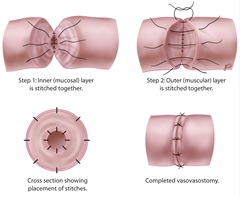What are the best practices and tips to ensure the best vasectomy reversal recovery? Undergoing a vasectomy reversal is a significant step towards restoring fertility, but the journey doesn’t end with the surgery. Proper post-operative care is crucial to ensure a smooth recovery and the best possible outcomes. In this blog, we will provide essential tips and best practices for recovery after a vasectomy reversal.

Immediate Post-Operative Care
Rest and Relaxation
After the surgery, it is essential to give your body time to heal. Rest is crucial during the initial recovery period. Plan to take a few days off work and avoid strenuous activities.
Managing Pain and Discomfort
Mild to moderate pain and swelling are common after vasectomy reversal. Your doctor will likely prescribe pain medications or recommend over-the-counter pain relievers. Applying ice packs to the scrotal area can help reduce swelling and discomfort.
Activity Restrictions
Avoid Strenuous Activities
During the first few weeks after surgery, avoid heavy lifting, vigorous exercise, and any activities that strain the groin area. These activities can disrupt the healing process and increase the risk of complications.
Gradual Return to Normal Activities
While light activities can be resumed after a few days, it’s important to gradually ease back into your regular routine. Listen to your body and avoid pushing yourself too hard too soon.
Incision Care and Hygiene
Keeping the Incision Clean and Dry
Proper incision care is essential to prevent infection and promote healing. Keep the incision site clean and dry. Follow your doctor’s instructions for cleaning the area and changing dressings if necessary.
Showering and Bathing
Typically, you can shower a day or two after the surgery, but avoid soaking in baths, hot tubs, or swimming pools until your doctor gives the green light. These activities can increase the risk of infection.
Sexual Activity
Timing Matters
Your doctor will provide specific guidelines on when it’s safe to resume sexual activity. Generally, it’s advisable to abstain from sexual intercourse for at least two to three weeks after the surgery. Resuming too soon can impact the healing process and the success of the reversal.
Patience and Communication
It’s natural to feel eager to resume sexual activity, but patience is crucial. Communicate openly with your partner about your recovery process and any concerns you may have.
Follow-Up Appointments
Regular Check-Ups
Attending all scheduled follow-up appointments with your urologist is vital. These visits allow your doctor to monitor your healing progress, address any concerns, and perform necessary tests, such as semen analysis, to evaluate the success of the reversal.
Addressing Complications
If you experience unusual symptoms such as severe pain, excessive swelling, fever, or signs of infection, contact your doctor immediately. Early intervention can prevent complications and ensure a smooth recovery.
Lifestyle and Diet
Healthy Diet and Hydration
Maintaining a healthy diet and staying hydrated can support your body’s healing process. Focus on nutrient-rich foods, including fruits, vegetables, lean proteins, and whole grains.
Avoiding Harmful Substances
Refrain from smoking and limit alcohol consumption during your recovery period. These substances can hinder the healing process and negatively impact your overall health.
Emotional Support and Patience
Managing Stress and Anxiety
The recovery period can be emotionally challenging. Managing stress and anxiety through relaxation techniques, such as deep breathing, meditation, or gentle yoga, can be beneficial.
Seeking Support
Lean on your support network, including your partner, family, and friends. If needed, consider speaking with a therapist or counselor to navigate any emotional challenges during your recovery.
Conclusion: Prioritizing Recovery for Optimal Results
A smooth recovery after vasectomy reversal is essential for achieving the best possible outcomes. By following these tips and best practices, you can support your body’s healing process and increase the likelihood of restoring fertility.
For expert guidance and comprehensive care throughout your vasectomy reversal journey, contact Dr. Yaniv Larish. Dr. Larish is dedicated to providing personalized care and support to help you achieve your family planning goals.
Schedule a consultation today to learn more about vasectomy reversal and the steps to ensure a smooth recovery.
Yaniv Larish, MD
4 East 76th Street
New York, NY 10021
Phone: (646) 862-5500



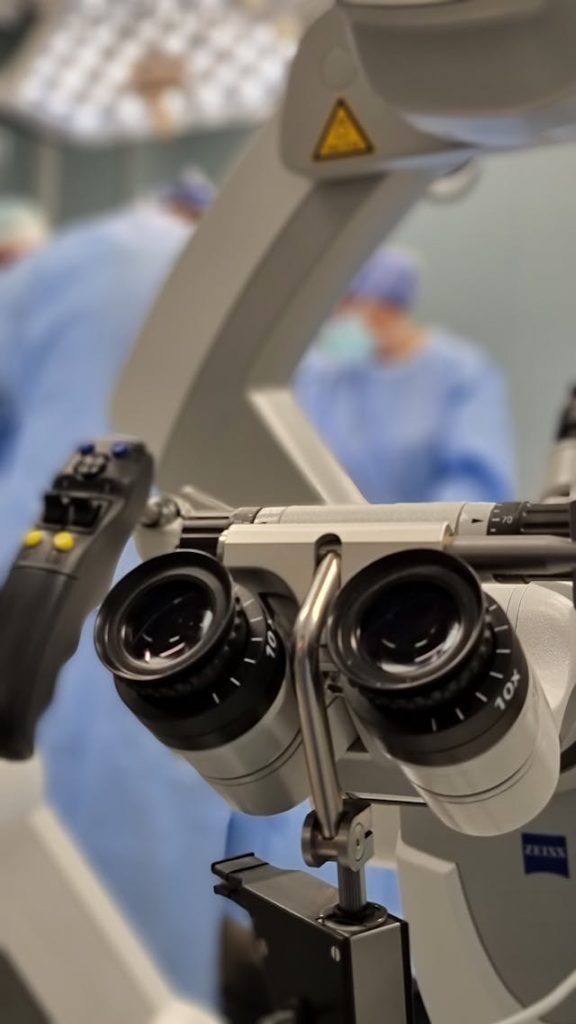 In this article we’ll explore the importance of the surgical microscope in vasectomy reversal and how it contributes to optimal patient outcomes. Vasectomy reversal is a delicate procedure that requires extreme precision to reconnect the vas deferens and restore the flow of sperm. One of the most critical tools in ensuring a successful outcome is the surgical microscope. This advanced piece of technology allows urologic
In this article we’ll explore the importance of the surgical microscope in vasectomy reversal and how it contributes to optimal patient outcomes. Vasectomy reversal is a delicate procedure that requires extreme precision to reconnect the vas deferens and restore the flow of sperm. One of the most critical tools in ensuring a successful outcome is the surgical microscope. This advanced piece of technology allows urologic 
 Let’s explore the advantages and considerations of vasectomy reversal vs. IVF, helping you make an informed decision about the best route for your family planning goals. For men who have previously undergone a vasectomy but now wish to father children, two primary options exist: vasectomy reversal and in vitro fertilization (IVF). Both methods offer a pathway to conception, but they differ significantly in approach, cost, success rates, and long-term impact.
Let’s explore the advantages and considerations of vasectomy reversal vs. IVF, helping you make an informed decision about the best route for your family planning goals. For men who have previously undergone a vasectomy but now wish to father children, two primary options exist: vasectomy reversal and in vitro fertilization (IVF). Both methods offer a pathway to conception, but they differ significantly in approach, cost, success rates, and long-term impact.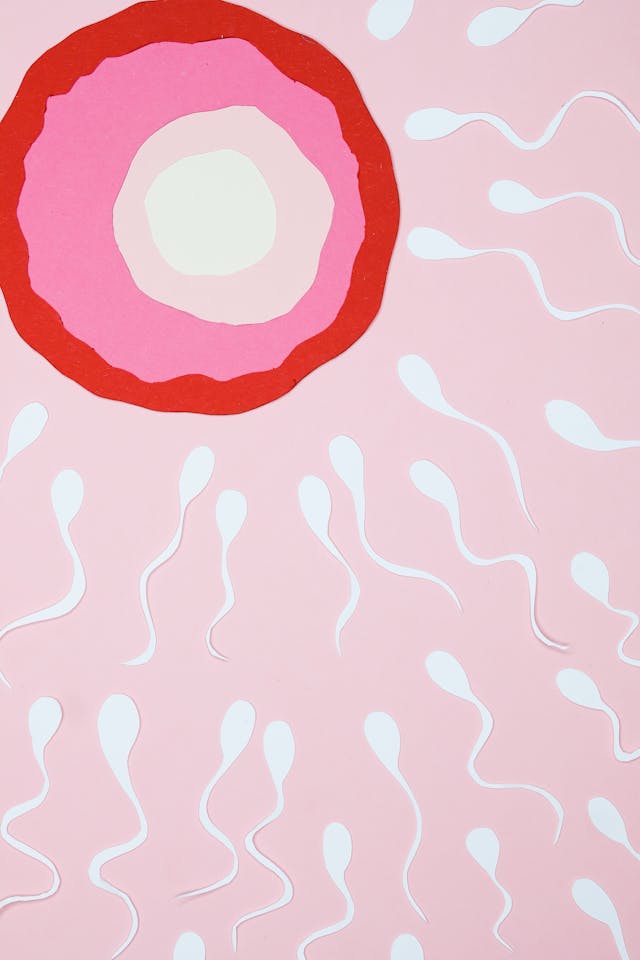 In in vitro fertilization (IVF), sperm is retrieved directly from the testicles through procedures like testicular sperm extraction (TESE) or percutaneous epididymal sperm aspiration (PESA). The retrieved sperm is then used to fertilize an egg in a laboratory setting, and the resulting embryo is transferred into the uterus.
In in vitro fertilization (IVF), sperm is retrieved directly from the testicles through procedures like testicular sperm extraction (TESE) or percutaneous epididymal sperm aspiration (PESA). The retrieved sperm is then used to fertilize an egg in a laboratory setting, and the resulting embryo is transferred into the uterus.

 What should you expect during a vasectomy reversal procedure? Vasectomy reversal is a highly specialized microsurgical procedure designed to restore fertility in men who have previously undergone a vasectomy. Whether due to changing life circumstances, a new relationship, or a desire to expand one’s family, vasectomy reversal offers hope to men seeking to father children again. Understanding the details of the procedure can help patients feel more confident about the process and what to expect.
What should you expect during a vasectomy reversal procedure? Vasectomy reversal is a highly specialized microsurgical procedure designed to restore fertility in men who have previously undergone a vasectomy. Whether due to changing life circumstances, a new relationship, or a desire to expand one’s family, vasectomy reversal offers hope to men seeking to father children again. Understanding the details of the procedure can help patients feel more confident about the process and what to expect.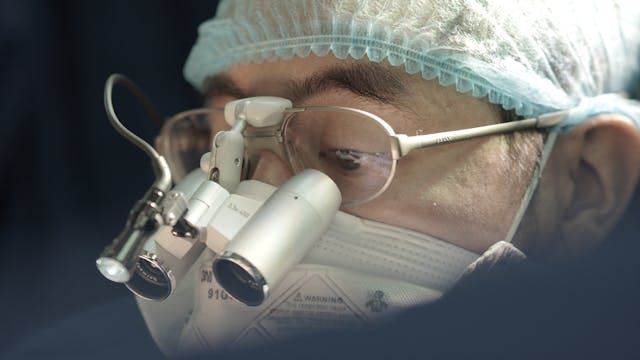
 In this blog, we will explore various non-surgical alternatives to
In this blog, we will explore various non-surgical alternatives to 





 This blog will explore the psychological and emotional impact of vasectomy reversal on couples, offering insights and guidance on navigating this profound experience. Vasectomy reversal is not just a physical procedure; it is a deeply emotional journey that affects both partners. The decision to undergo a vasectomy reversal often comes with a complex mix of hope, anxiety, and anticipation.
This blog will explore the psychological and emotional impact of vasectomy reversal on couples, offering insights and guidance on navigating this profound experience. Vasectomy reversal is not just a physical procedure; it is a deeply emotional journey that affects both partners. The decision to undergo a vasectomy reversal often comes with a complex mix of hope, anxiety, and anticipation.
